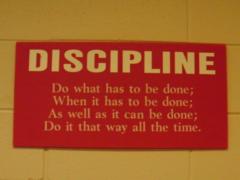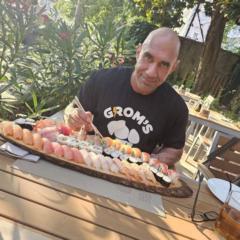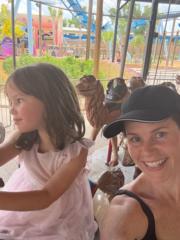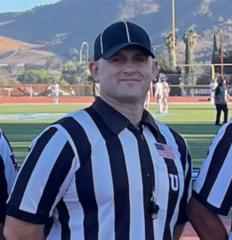Aug 6 • Article Series
Fat Loss Decoded — Part 5: Protocol Design and Personalization
This is where strategy becomes results. Everything we’ve covered so far fat mobilization, mitochondrial function, fuel signaling, and adaptation is just information unless it gets applied in the right order, with the right dose, for the right person. That’s where most fat loss plans fall short. They give you tactics, not a system. This final part is about how to stack, sequence, and personalize a fat loss protocol that works with your biology instead of fighting it. Whether you’re guiding high performers or dialing in your own plan, the goal is the same: create a fat loss strategy that actually sticks and doesn’t wreck your health or metabolism in the process.
Let’s simplify this down into five essential principles:
1. Start with the Signal, Not the StimulusBefore you even talk about diet, training, or supplements, ask: what signal do I need to send?
If the goal is fat loss, you need to activate AMPK, bias toward fatty acid metabolism, and lower insulin. That starts with:
-Morning movement (Zone 2 cardio or walking)
-Compressed eating windows (e.g. 8-10 hour feeding window)
-Strategic carbohydrate timing (post-training only, or carb cycling based on output)
-Avoiding insulin-spiking foods early in the day
-Allowing cortisol to rise naturally (no caffeine before light/sun)
This sets the tone for fat to be the preferred fuel. Once this signal is in place, you can layer in targeted tools.
2. Sequence Your Interventions by PhaseFat loss isn’t a 16-week sprint. It’s a phasic process where the tools and levers shift depending on where you are.
Here’s a simplified 3-phase model:
Phase 1 Metabolic Priming (2–4 weeks)Goal: Improve insulin sensitivity, activate AMPK, support fat transportTools:
-Carnitine (oral or injectable, pre-fast or pre-cardio)
-MOTS-c or berberine (to support AMPK and glucose clearance)
-Lactobacillus gasseri BNR17 (gut-mediated fat signaling)
-Zone 2 cardio + morning walks
-Compressed feeding window
-Low to moderate carbs timed post-workout
Phase 2 Fat Loss Acceleration (4–8 weeks)Goal: Drive beta-oxidation, increase mitochondrial throughput, preserve lean massTools:
-SLU-PP-332 (enhance mitochondrial gene expression)
-Urolithin A (support mitophagy and mitochondrial turnover)
-Red light therapy (enhance ETC efficiency)
-Resistance training 3–5x/week (stimulate mTOR, preserve muscle)
-Optional: BAM15 (if lean and well-recovered, to increase fat oxidation demand) on NON training days and not with SLU-PP-332
-Nutrient timing to avoid energy crashes (pre-bed protein, smart carb cycling)
Phase 3 Recovery & Recomp (2–6 weeks)Goal: Rebuild redox balance, restore sensitivity, recalibrate signalingTools:
-SS-31 (restore cardiolipin and cristae integrity)
-PQQ + CoQ10 (support mitochondrial biogenesis)
-Reintroduce carbs gradually, ideally post-training
-Increase sleep time and quality
-Drop back on stimulants and uncouplers
-Pull back on fasting if stress load is high
-Re-test labs or track recovery (HRV, RHR, subjective metrics)
This phasic approach keeps your body adaptive instead of defensive. It also reduces the risk of hitting a plateau or rebounding after an aggressive cut.
3. Match the Stack to the PersonEvery individual responds differently based on metabolic history, muscle mass, stress load, gut health, and redox status. Don’t copy-paste.
For example:
-A high-stress corporate exec might benefit more from gentle Zone 2, berberine, and red light than from HIIT and fasting.
-A high-performance athlete can likely handle uncouplers, fasted training, and deeper deficits—if recovery is dialed.
-A hypothyroid female may need thyroid optimization, carnitine fumarate, and fewer fasts to actually access stored fat.
Personalization doesn’t mean complexity. It means matching the right tools to the right phase, at the right dose, with the right feedback.
4. Use Feedback to Adjust, Not Just ReactWe covered this in Part 4, but it’s worth repeating: biofeedback (HRV, sleep, libido, performance, mood) should guideyour protocol.
If HRV is dropping and strength is crashing, don’t just push harder. That’s a sign to pull back stimulants, increase sleep, or even refeed.
Adaptation is the goal not depletion.
5. Simplicity Scales, but Precision WinsStart with the lowest effective dose.If carnitine, morning walks, and compressed eating windows are working ride that wave.Only layer in higher-order tools (peptides, uncouplers, pharmaceuticals) if:
-The foundation is solid
-Recovery is stable
-There’s a clear benefit with minimal tradeoff
Here’s a sample minimalist daily stack during Phase 2 for a well-recovered individual:
-Wake: walk + red light + 1 mL injectable carnitine
-Mid-morning: MOTS-c (2 mg SC) or berberine
-Pre-training: SLU-PP-332 (200 mcg) + 15 min red light
-Post-training: carbs + protein
-Evening: Urolithin A + magnesium + CoQ10
-Sleep: 7.5–9 hours, dark room, low EMF
That’s it. Simple, effective, scalable.
Closing ThoughtsFat loss isn’t just about burning calories—it’s about managing cellular decisions.When you understand how to signal fat loss, support mitochondrial function, control fuel use, and adapt intelligently you don’t just lose fat. You build a better system.
This isn’t about willpower. It’s about intelligent leverage.And now you’ve got the map.
If this series helped, drop a comment and let me know. I’ll be sharing protocols, case studies, and walkthroughs of specific tools inside the Skool community soon. Let’s keep building.
18
15 comments
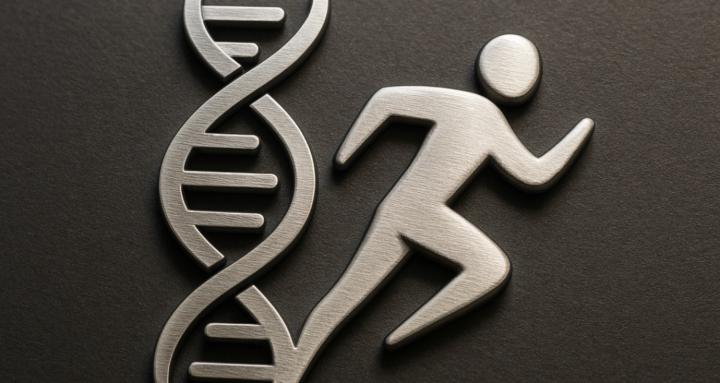
skool.com/castore-built-to-adapt-7414
Where science meets results. Learn peptides, training, recovery & more. No ego, no fluff—just smarter bodies, better minds, built to adapt.
Powered by

